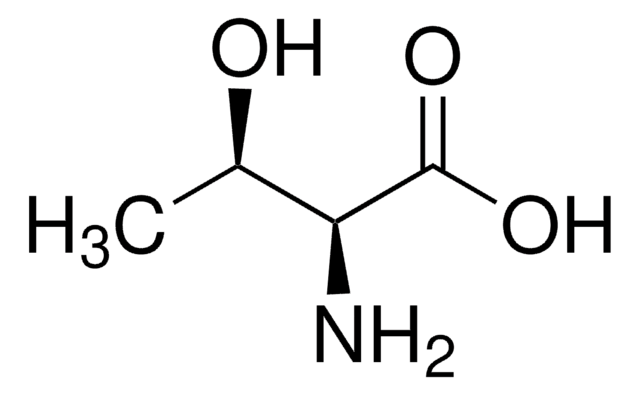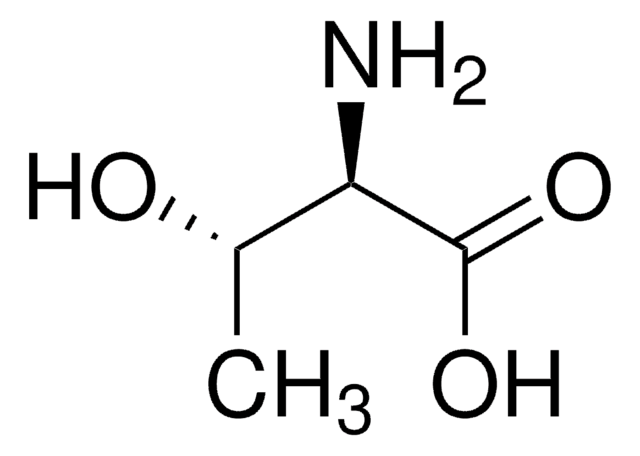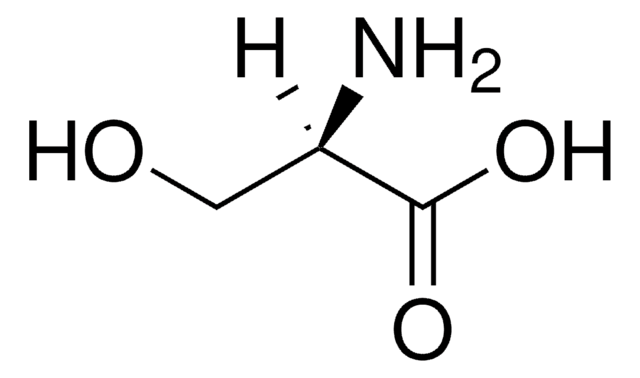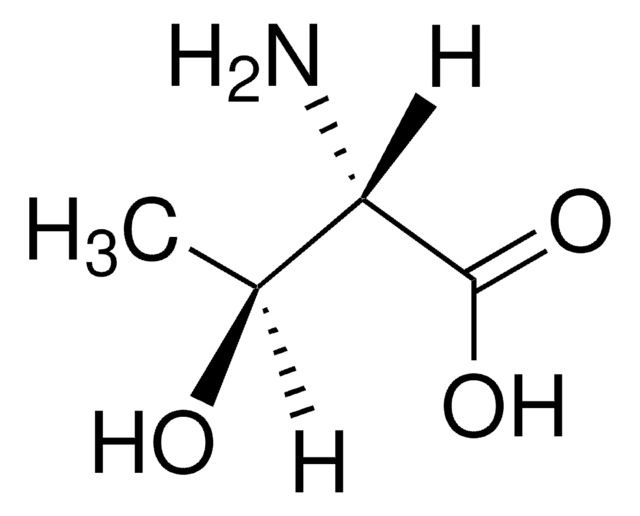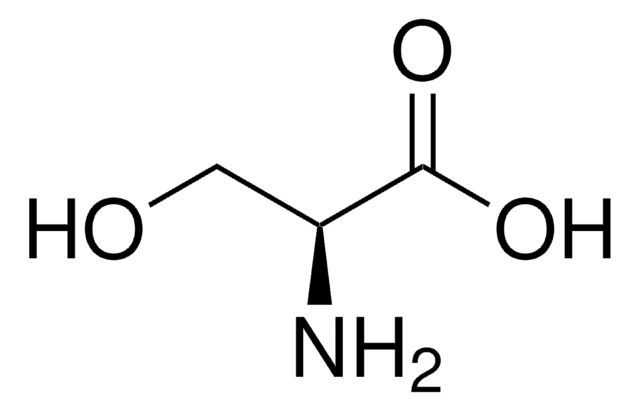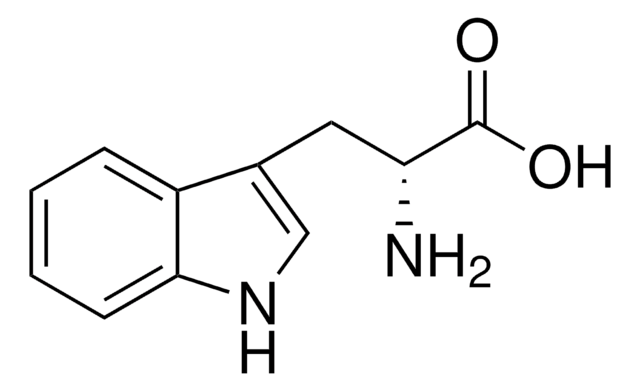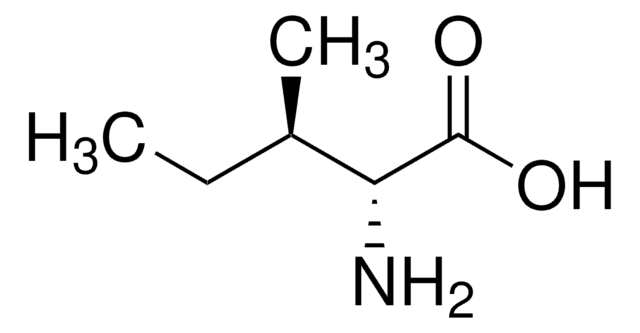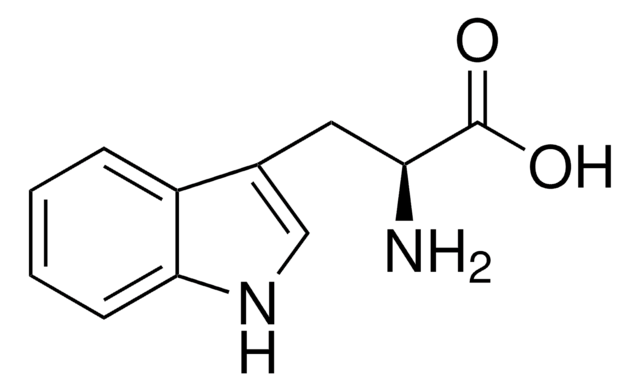T8250
D-Threonine
≥98% (TLC), suitable for UHPLC
Synonym(s):
(2R,3S)-2-Amino-3-hydroxybutyric acid, D-α-Amino-β-hydroxybutyric acid
Sign Into View Organizational & Contract Pricing
All Photos(1)
About This Item
Empirical Formula (Hill Notation):
C4H9NO3
CAS Number:
Molecular Weight:
119.12
Beilstein:
1721643
EC Number:
MDL number:
UNSPSC Code:
12352209
PubChem Substance ID:
NACRES:
NA.26
Recommended Products
Product Name
D-Threonine, ≥98% (TLC)
Quality Level
Assay
≥98% (TLC)
form
powder or crystals
technique(s)
UHPLC: suitable
color
white
mp
274 °C
solubility
H2O: soluble
SMILES string
C[C@H](O)[C@@H](N)C(O)=O
InChI
1S/C4H9NO3/c1-2(6)3(5)4(7)8/h2-3,6H,5H2,1H3,(H,7,8)/t2-,3+/m0/s1
InChI key
AYFVYJQAPQTCCC-STHAYSLISA-N
Looking for similar products? Visit Product Comparison Guide
General description
D-Threonine is sweet and toxic in nature.It acts as an inhibitor of L-threonine dehydratase.
Application
D-Threonine has been used as a constituent of standard mix in Ultra-high performance liquid chromatography (UHPLC) system for quantification of amino acid racemization.
Storage Class Code
11 - Combustible Solids
WGK
WGK 1
Flash Point(F)
Not applicable
Flash Point(C)
Not applicable
Personal Protective Equipment
dust mask type N95 (US), Eyeshields, Gloves
Choose from one of the most recent versions:
Already Own This Product?
Find documentation for the products that you have recently purchased in the Document Library.
Test, 244 (1969)
Fishmeal with different levels of biogenic amines in aquafeed: Comparison of feed protein quality, fish growth performance, and metabolism
Jasour M, et al.
Aquaculture (Amsterdam, Netherlands), 488, 80-89 (2018)
Kateryna Fesko et al.
Bioorganic & medicinal chemistry letters, 18(22), 5987-5990 (2008-09-02)
The Y265A mutant of alanine racemase (alrY265A) was evaluated as a catalyst for the synthesis of beta-hydroxy-alpha-amino acids. It promotes the PLP-dependent aldol condensation of glycine with a range of aromatic aldehydes. The desired products were obtained with complete stereocontrol
Taste Chemistry (2012)
R Contestabile et al.
European journal of biochemistry, 268(24), 6508-6525 (2001-12-12)
Serine hydroxymethyltransferase (SHMT) is a member of the fold type I family of vitamin B6-dependent enzymes, a group of evolutionarily related proteins that share the same overall fold. The reaction catalysed by SHMT, the transfer of Cbeta of serine to
Our team of scientists has experience in all areas of research including Life Science, Material Science, Chemical Synthesis, Chromatography, Analytical and many others.
Contact Technical Service